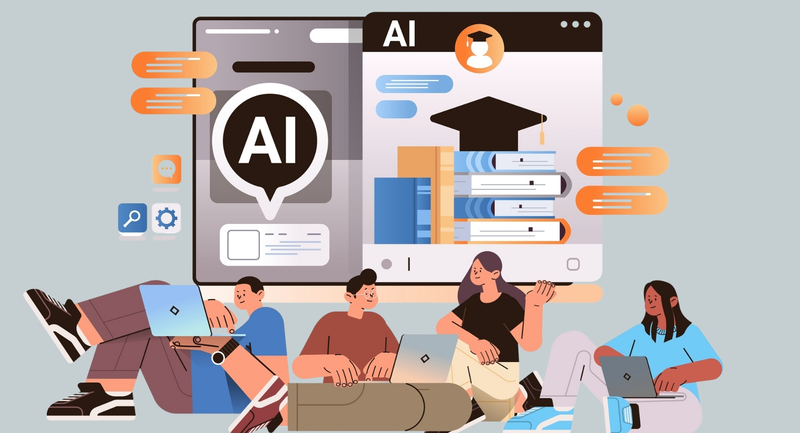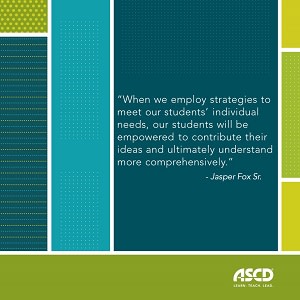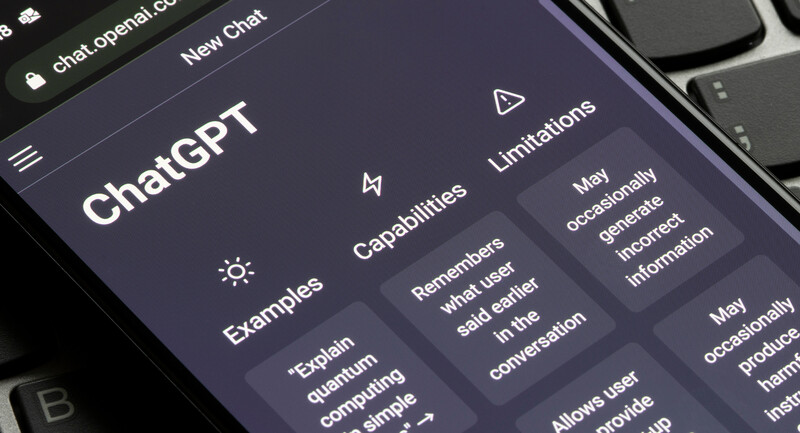As both a father and a building principal, education is a personal endeavor as well as a professional one. My two children have always attended the school in which I have served as a leader. So for me to recommend anything to teachers and leaders, it has to pass muster as a dad as well as an educator.
One of the few technology initiatives I do promote is digital student portfolios. They are defined as online collections of learning artifacts intentionally curated to showcase a student’s accomplishments and growth over time. With the availability and ease of use of digital tools today, there is little reason why students should not be able to experience this authentic process of assessment. Here are ten reasons why every student should have a digital portfolio.
1. Celebrate all students as learners.
By opening up the possibilities for how success in schools is documented, all students can be celebrated for their efforts. Standardized tests are not the answer; they are designed to ensure that some students are not deemed proficient. As educators, we have to find more (and better) ways to assess learning in a way that makes students want to learn more. Digital portfolios capture each student as an individual, embracing their personalities and uniqueness that scores and grades cannot.
2. Improve home-school communication.
Families are busy. They don’t always have time to get into the school to observe their children’s learning. By integrating digital portfolios into the classroom, teachers provide a window into a student’s world with regard to their best work and growth over time. In my last school that had a higher level of poverty, we witnessed several families become engaged in the school experience through their child’s digital portfolio. Using FreshGrade, students and teachers posted video, audio, images, and text that showed up on a parent’s smartphone or tablet through an app. This assessment work paved the way toward better relationships with parents who might not typically show up for a special event at school.
3. Facilitate better feedback.
When student work is housed in an online space for others to see, the importance for the learning naturally increases. Parents, peers, and even the world can be a potential audience. And when there is an authentic audience, there is the opportunity for feedback. For example, Margaret Simon, a gifted and talented teacher in Louisiana, works in several buildings in her district. She has each of her students regularly post their learning using Kidblog. This tool allows peers to comment on each other’s work in safe space. For Margaret, she can now recruit many individuals to be critical friends for her students, instead of facilitating feedback all by herself.
4. Highlight the process of learning.
Excellent work does not come out of thin air. In writing my book on digital portfolios, I had to go through many drafts and revisions before it was ready to publish. Students can better understand this process by publishing not only their best work but also their prior attempts and efforts. For instance, an English teacher can expect their students to keep a digital portfolio of their writing using Google Sites. Instead of only publishing the end product, such as a piece of original fiction they wrote, they can ask students to include initial drafts and revisions in their portfolio entry.
5. Demonstrate progress over time.
To continue the previous example, the entire English department could decide to have students maintain a digital portfolio for their literacy work throughout their school career. That is what Chris Haeger and Josh Beck are doing at Cudahy High School in Cudahy, Wisconsin. Also using Google Sites, students are expected to collect and publish their reading and writing work on a regular basis. To increase the purpose and the audience, sophomores and seniors present their body of work to a community-based panel. This experience serves as a summative evaluation of their time at Cudahy and prepares them for the real world not that far away.
6. Guide students to become self-directed learners.
Teachers can and should treat digital portfolios as a student-driven assessment experience. They don’t have to own it. In fact, by giving students the autonomy and responsibility to develop their own digital portfolios, kids are likely to own the results of their learning, and subsequently the learning itself. As an example, Lisa Snider is a journalism teacher in Oklahoma. For her high school course, students are expected to keep their own online space for their writing using WordPress. They also produce the school newspaper and yearbook. To pay for technology resources for the course, they have to sell advertising on their publications to purchase the computers, software, paper, and ink. That means their writing has to be worth reading.
7. Maximize formative assessment.
Most teachers know that formative assessment, or assessment for learning, is a highly effective strategy for improving student learning. But how can they efficiently collect classroom results to guide students in their work? Digital portfolios can also serve as a tool for capturing the day-to-day student actions that serve as evidence of learning. Karen Fadum, a former primary school teacher, used FreshGrade to document her reading conferences with her students. She would video record her conversations, upload them to their portfolios, and then play them back at a later time. Not only could students and families see and hear this assessment and reflect on their progress, Karen could review the video to self-assess her instruction. In this example, everyone is a learner.
8. Honor the many ways of being smart.
If all students have to represent their accomplishments in school are test scores and grades, we are excluding students who may not be successful in these types of assessments. For example, teachers can have students video recording a performance task, such as a speech or demonstration, and then upload this file to a digital portfolio for families to see. This documentation of student learning adds rich context to the typical grade or score.
9. Advocate for every student.
Dan Eldon stated, “The journey is the destination.” All students, and especially students on both ends of the achievement spectrum, need to see themselves as capable. Schools are tasked with ensuring that students become smarter as well as foster a desire to learn for a lifetime. With digital portfolios, students can see how they have grown over time. There is less competition and more reflection. Teachers can evaluate this growth using other students as points of reference without having to visibly compare kids with each other. Process becomes the true product of their education.
10. Work smarter as a teacher.
If the last nine reasons did not motivate you to start implementing digital portfolios tomorrow, consider the benefits for yourself. You have a large repository of artifacts that can be used for your own evaluation portfolios. You have a consistent, positive message to parents about what is happening in each child’s learning life. You make visible all the good you do in the classroom, too often questioned by pundits who usually have little interest in making education better for all.
Ready to start with digital student portfolios, but not sure how? Consider the follow tools as recommended technologies to capture, curate, and publish student learning. By understanding the advantages for learning first before integrating digital portfolios, the choice in technology becomes a student-centered decision.







